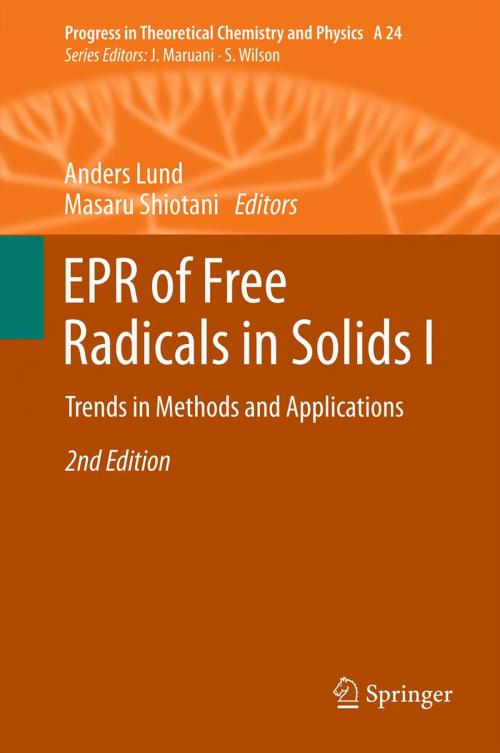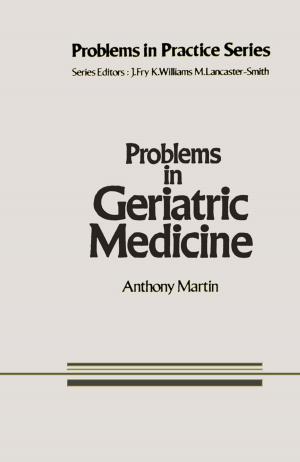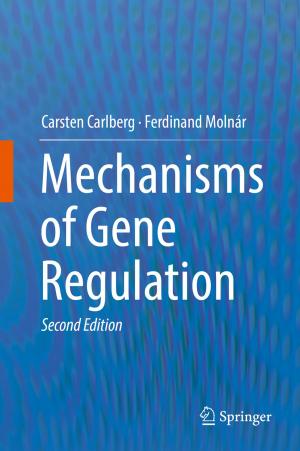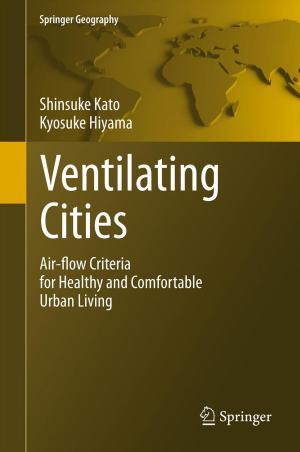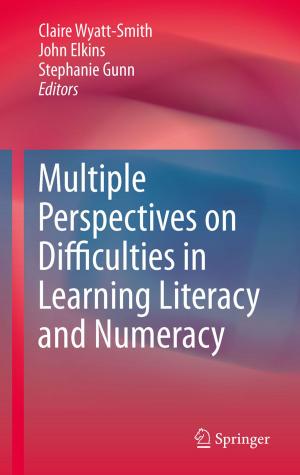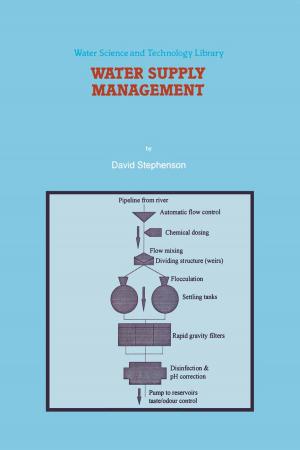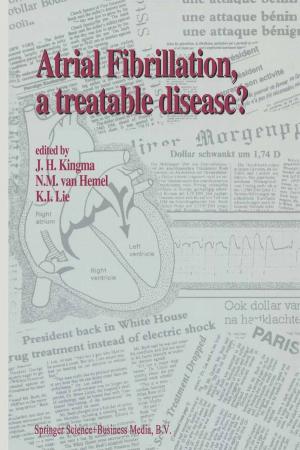EPR of Free Radicals in Solids I
Trends in Methods and Applications
Nonfiction, Science & Nature, Science, Chemistry, Physical & Theoretical, Biological Sciences, Molecular Physics| Author: | ISBN: | 9789400748934 | |
| Publisher: | Springer Netherlands | Publication: | December 12, 2012 |
| Imprint: | Springer | Language: | English |
| Author: | |
| ISBN: | 9789400748934 |
| Publisher: | Springer Netherlands |
| Publication: | December 12, 2012 |
| Imprint: | Springer |
| Language: | English |
EPR of Free Radicals in Solids: Trends in Methods and Applications, 2nd ed. presents a critical two volume review of the methods and applications of EPR (ESR) for the study of free radical processes in solids. Emphasis is on the progress made in the developments in EPR technology, in the application of sophisticated matrix isolation techniques and in the advancement in quantitative EPR that have occurred since the 1st edition was published. Improvements have been made also at theoretical level, with the development of methods based on first principles and their application to the calculation of magnetic properties as well as in spectral simulations.
EPR of Free Radicals in Solids I focuses on the trends in experimental and theoretical methods to extract structural and dynamical properties of radicals and spin probes in solid matrices by continuous wave (CW) and pulsed techniques. It presents simulation techniques and software for CW and pulsed EPR as well as studies of quantum effects at low temperature. The chapters dealing with quantum chemistry methods for the theoretical interpretation of hyperfine coupling tensors and g-tensors have been much extended in this edition and a new chapter on the calculation of zero-field splitting tensors has been added. This new edition is a valuable resource to experimentalists and theoreticians in research involving free radicals, as well as for students of advanced courses in physical chemistry, chemical physics, materials science, biophysics, biochemistry and related fields.
This new edition is a valuable resource to experimentalists and theoreticians in research involving free radicals, as well as for students of advanced courses in physical chemistry, chemical physics, materials science, biophysics, biochemistry and related fields.
EPR of Free Radicals in Solids: Trends in Methods and Applications, 2nd ed. presents a critical two volume review of the methods and applications of EPR (ESR) for the study of free radical processes in solids. Emphasis is on the progress made in the developments in EPR technology, in the application of sophisticated matrix isolation techniques and in the advancement in quantitative EPR that have occurred since the 1st edition was published. Improvements have been made also at theoretical level, with the development of methods based on first principles and their application to the calculation of magnetic properties as well as in spectral simulations.
EPR of Free Radicals in Solids I focuses on the trends in experimental and theoretical methods to extract structural and dynamical properties of radicals and spin probes in solid matrices by continuous wave (CW) and pulsed techniques. It presents simulation techniques and software for CW and pulsed EPR as well as studies of quantum effects at low temperature. The chapters dealing with quantum chemistry methods for the theoretical interpretation of hyperfine coupling tensors and g-tensors have been much extended in this edition and a new chapter on the calculation of zero-field splitting tensors has been added. This new edition is a valuable resource to experimentalists and theoreticians in research involving free radicals, as well as for students of advanced courses in physical chemistry, chemical physics, materials science, biophysics, biochemistry and related fields.
This new edition is a valuable resource to experimentalists and theoreticians in research involving free radicals, as well as for students of advanced courses in physical chemistry, chemical physics, materials science, biophysics, biochemistry and related fields.
